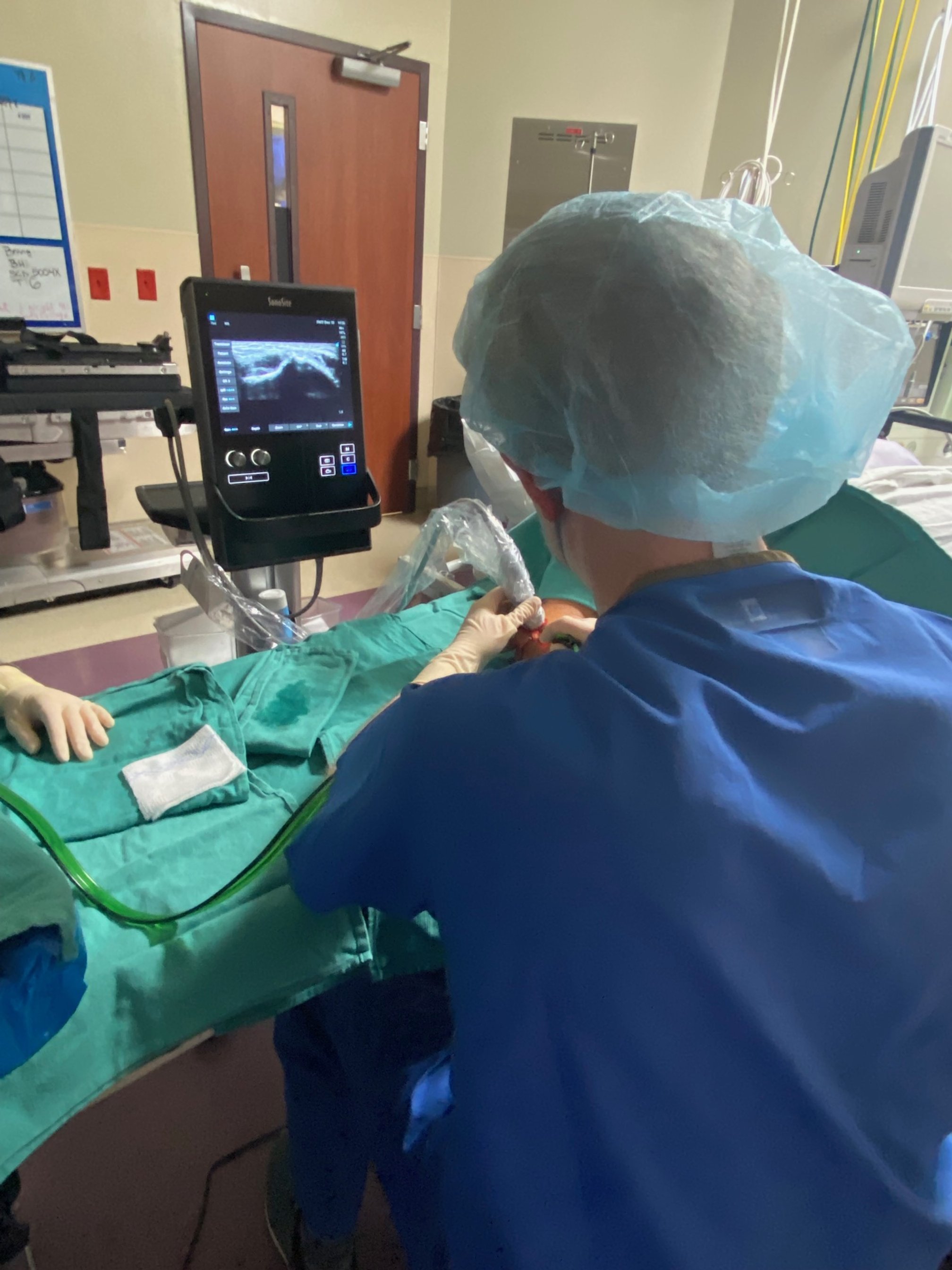Bet You Didn't Know: Tennis Elbow
/Tennis Elbow, one of the most common conditions seen by an orthopedist, is one our favorite diagnoses to make. Why?…because we are almost always able to see complete resolution of the symptoms. Plus, we have numerous traditional and innovative tools in the toolbox to help our patients overcome this often stubborn and humbling condition. Here are some fast facts about tennis elbow you probably did not know:
-90% of those with tennis elbow, also known as lateral epicondylitis, do not play tennis. Weight-lifting, frequent typing, CrossFit, repetitive labor in one’s work or with household chores are frequent causes.
-Teenagers almost never get tennis elbow. Why? They have an amazing ability for their tendons to recover much faster and more efficiently than middle age and older individuals.
-Lateral epicondylitis is the medical term for tennis elbow and may be one of the more misnamed conditions in orthopedics. This implies there is inflammation of the bone on the outside of the elbow, but instead, this is a tendon problem.
Patients who receive cortisone/steroid injections are often better in the short term but worse in the long term. Our own experience and the medical literature validates this.
Neovascularization, essentially new blood for vessel formation, commonly occurs in advanced cases of tennis elbow. Increased blood flow seems like it would be a good thing for the tendon, but in reality, is a sign of more advanced tendon damage.
We believe that adjacent to those new blood vessels in the tendon are new nerves that are very hypersensitive and only make you feel pain. This is why many patients with advanced cases of tennis elbow complain of “burning” over the lateral elbow.
Platelet-rich plasma injections, now a commonly used and innovative treatment option for many orthopedic conditions, were first studied in the medical literature about 15 years ago in treating tennis elbow. PRP remains one of our advanced treatment options for tennis elbow.
One of our best treatment options for very stubborn cases of tennis elbow is the Tenex procedure. Not many people know about Tenex because we are one of the few physicians in middle Tennessee who have expertise in performing this procedure. We’ve done it for 11 years, and it involves a tiny incision, local anesthesia only, and use of a small needle-like device to excise the unhealthy part of the tendon. No stitches are required and only about two minutes of actual treatment time in the operating room. It carries a 95% success rate in our experience.
If you have pain on the outside of your elbow that is interfering with your quality of life, then come see us. We will have some great options for you!
F. Clarke Holmes, M.D.
TENex Gets a 10!
/Are you looking for permanent relief from tennis or golfer’s elbow? Are you tired of having elbow and forearm pain with lifting, gripping and grabbing, even with items like your phone or coffee mug? Are your workouts in the gym or tennis or golf severely hampered by these symptoms? Well, then look no further than the Tenex procedure. This is an innovative minimally invasive procedure developed 13 years ago in conjunction with the renowned Mayo Clinic. Dr. Holmes has performed more Tenex procedures than any other physician in middle Tennessee over the past 10 years.
The Tenex procedure, also termed a percutaneous tenotomy, is a great option for tennis or golfer’s elbow (also known as lateral or medial epicondylitis, respectively) that has not healed with rest and other possible treatments such as medications, physical therapy, injections, or bracing.
We go to the operating room, give the patient an injection of lidocaine only, a numbing agent. We get to avoid the sedation, cost and side effects of general anesthesia (getting put to sleep).
A tiny incision of about 1/4 inch is made. A small hand piece with a needle tip is inserted through the incision. Under ultrasound-guidance, this tip is inserted to the damaged part of the tendon and ultrasonic energy allows the tip to debride and remove the unhealthy portion of the tendon while leaving the healthy portion alone. Two minutes of treatment time or less and you are on the road to recovery.
No stitches required, just a few small steri-strips, followed by a small dressing and you are out the door, headed towards tendon healing, and eventually becoming pain-free.
Post-operatively, you wear a wrist splint for at least 2 weeks, and we restrict lifting for about 6 weeks. Our golfers, tennis players and weightlifters can usually gradually resume these activities at the 3-month mark. There is no “quick fix” for these conditions, yet Tenex offers a permanent solution to an often-stubborn problem.
We’ve done in the range of 500 of these procedures over the past 11 years with excellent results.
This procedure really beats the option of steroid injections, which often make the condition worse in the long term. The alternative to Tenex is a larger surgery requiring a 2-inch incision and a much longer recovery.
In our book, the Tenex procedure gets a rating of 10!


